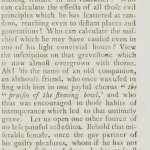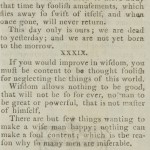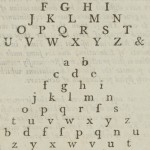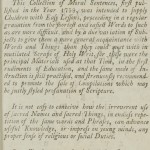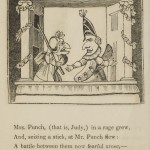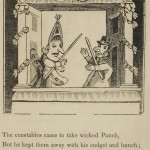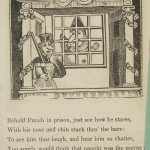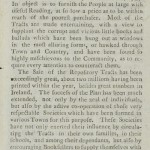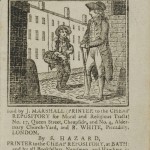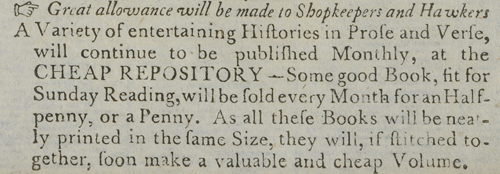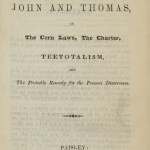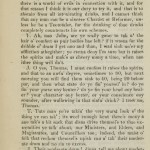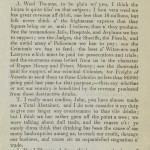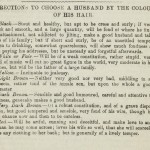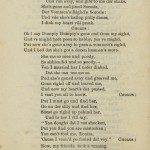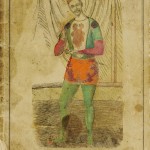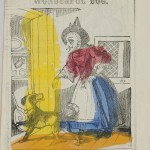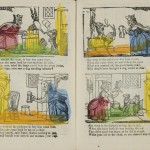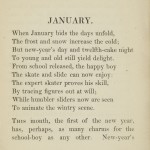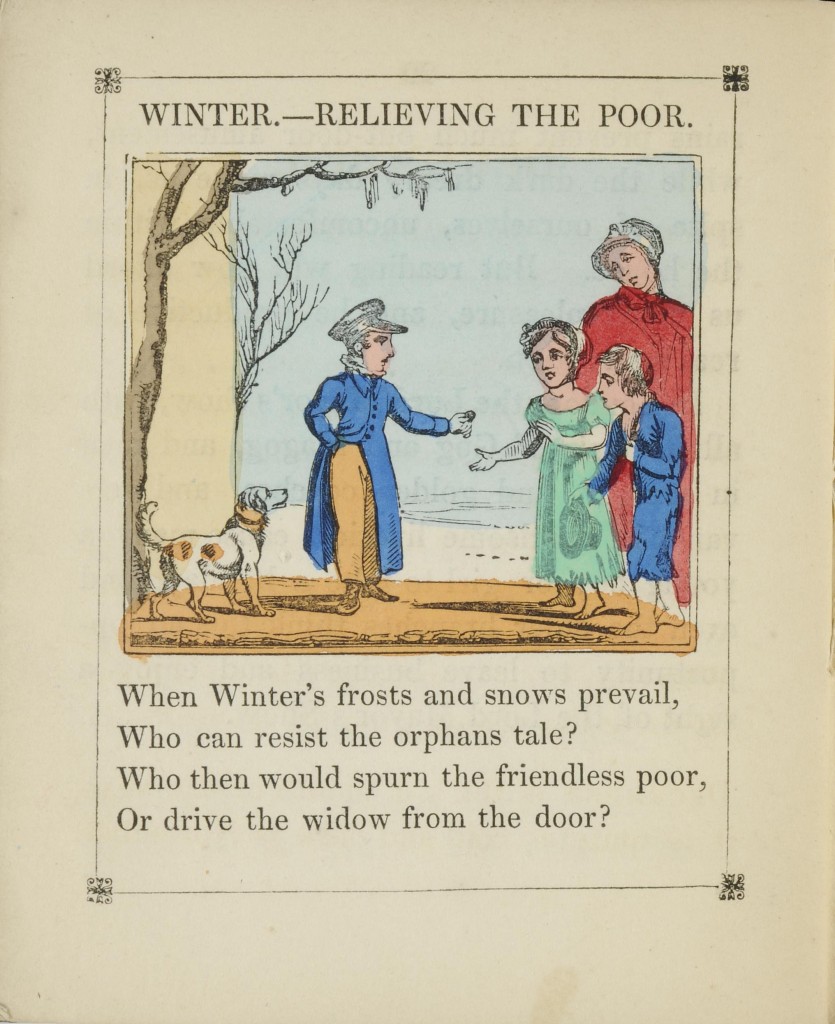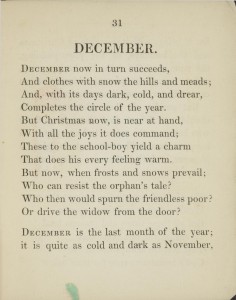As you’ve seen already, a few chapbooks in the 1700s-1800s were creative in their printing methods. The Cheap Repository, among others, used some neat ligatures, including the æ (as in “æther”), the œ (as in “Œdpial”), the “ct” wiggle (no ASCII character, unfortunately), and the Latin ſ, a character unfortunately recognized by most text-recognition software as an F. It makes for especially interesting work when you’re editing a Biblical tract full of Chriftians, fins, pioufness, wifdom, mifery, paffion, feizing with fudden fits … You get the idea.
I’m guessing it was something of a 27th letter for a while? Often Ss are replaced with ſs every time they appear in a word, except as the last letter (as in “diſtreſs” and “ſenſations” and “covetouſneſs”).
One of the cool things* I get to do in this job is learn how optical-character-recognition works and try to “teach” it to work better. To that end, I built a language. It’s exactly like English except it understands a good chunk of Latin ſ usage. So far it’s mainly Christian/religious/moral terminology, as well as common words and phraſes — but, if used in conjunction with character-by-character training, and a digitizer who’s willing to add words to the dictionary as he/she goes along, it vaſtly decreases the error rate and improves readability (i.e. keeping editor brain-fry to a manageable level).
It’s not an open format, but rather a proprietary archive for ABBYY FineReader — but, on the off-chance that this helps anyone in the future, I’ve made it publicly downloadable on Google Drive. I’d love to know if anyone finds a use for it!
* Cool if you’re a computer geek.

